Peter J. Schmid
Mori-Zwanzig latent space Koopman closure for nonlinear autoencoder
Oct 16, 2023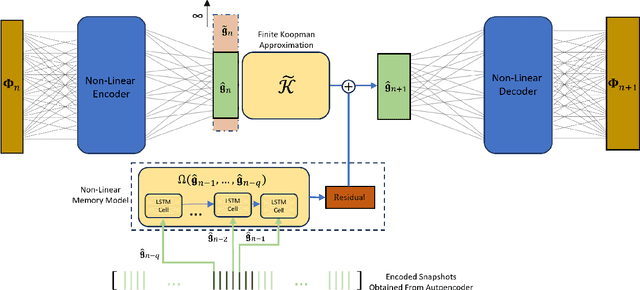
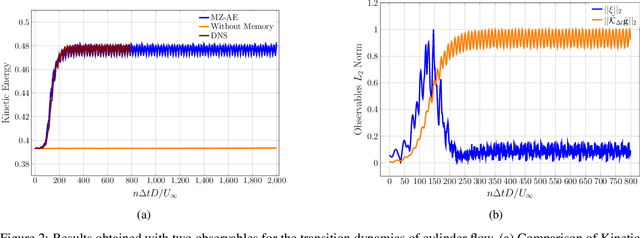
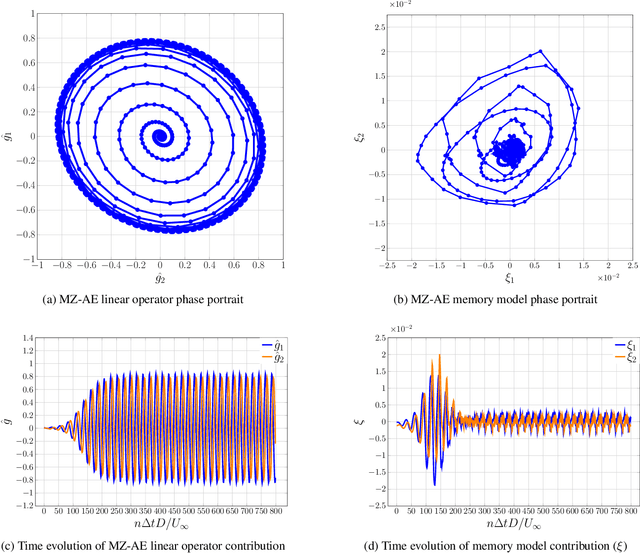
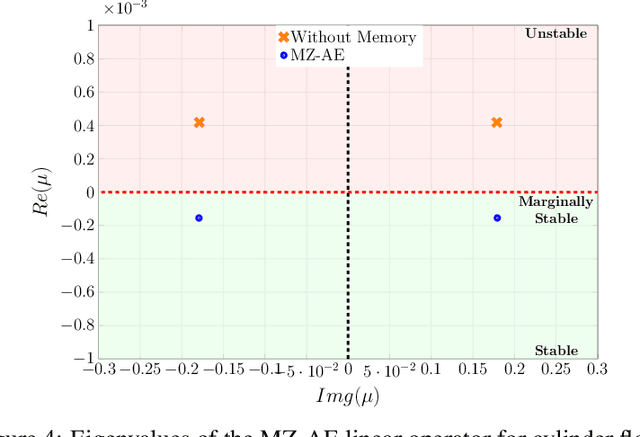
Abstract:The Koopman operator presents an attractive approach to achieve global linearization of nonlinear systems, making it a valuable method for simplifying the understanding of complex dynamics. While data-driven methodologies have exhibited promise in approximating finite Koopman operators, they grapple with various challenges, such as the judicious selection of observables, dimensionality reduction, and the ability to predict complex system behaviours accurately. This study presents a novel approach termed Mori-Zwanzig autoencoder (MZ-AE) to robustly approximate the Koopman operator in low-dimensional spaces. The proposed method leverages a nonlinear autoencoder to extract key observables for approximating a finite invariant Koopman subspace and integrates a non-Markovian correction mechanism using the Mori-Zwanzig formalism. Consequently, this approach yields a closed representation of dynamics within the latent manifold of the nonlinear autoencoder, thereby enhancing the precision and stability of the Koopman operator approximation. Demonstrations showcase the technique's ability to capture regime transitions in the flow around a circular cylinder. It also provided a low dimensional approximation for chaotic Kuramoto-Sivashinsky with promising short-term predictability and robust long-term statistical performance. By bridging the gap between data-driven techniques and the mathematical foundations of Koopman theory, MZ-AE offers a promising avenue for improved understanding and prediction of complex nonlinear dynamics.
Data-driven framework for input/output lookup tables reduction -- with application to hypersonic flows in chemical non-equilibrium
Oct 09, 2022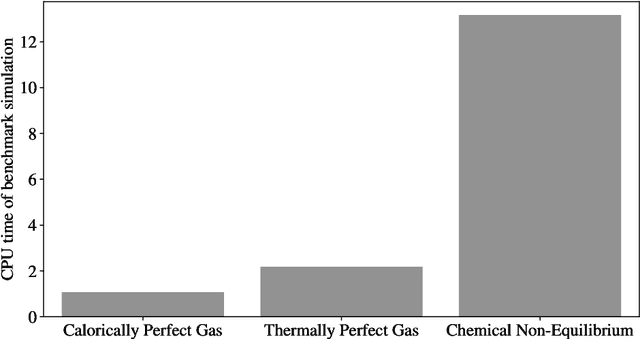
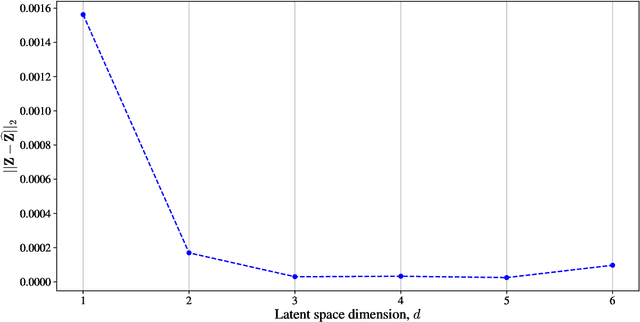
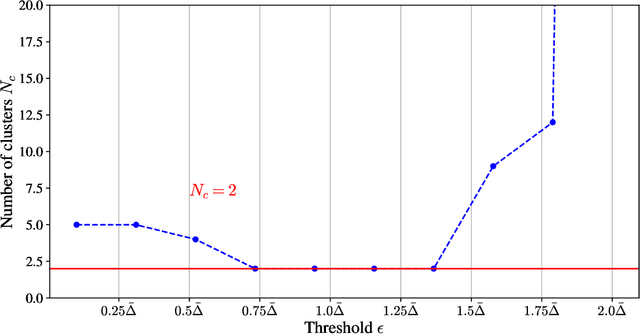
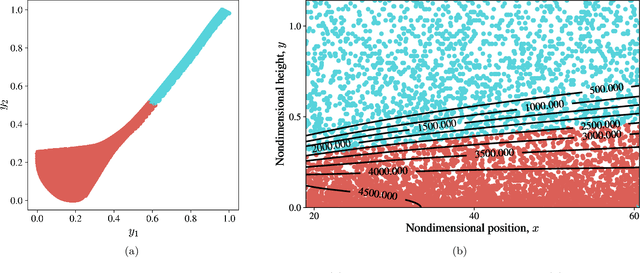
Abstract:In this paper, we present a novel model-agnostic machine learning technique to extract a reduced thermochemical model for reacting hypersonic flows simulation. A first simulation gathers all relevant thermodynamic states and the corresponding gas properties via a given model. The states are embedded in a low-dimensional space and clustered to identify regions with different levels of thermochemical (non)-equilibrium. Then, a surrogate surface from the reduced cluster-space to the output space is generated using radial-basis-function networks. The method is validated and benchmarked on a simulation of a hypersonic flat-plate boundary layer with finite-rate chemistry. The gas properties of the reactive air mixture are initially modeled using the open-source Mutation++ library. Substituting Mutation++ with the light-weight, machine-learned alternative improves the performance of the solver by 50% while maintaining overall accuracy.
 Add to Chrome
Add to Chrome Add to Firefox
Add to Firefox Add to Edge
Add to Edge